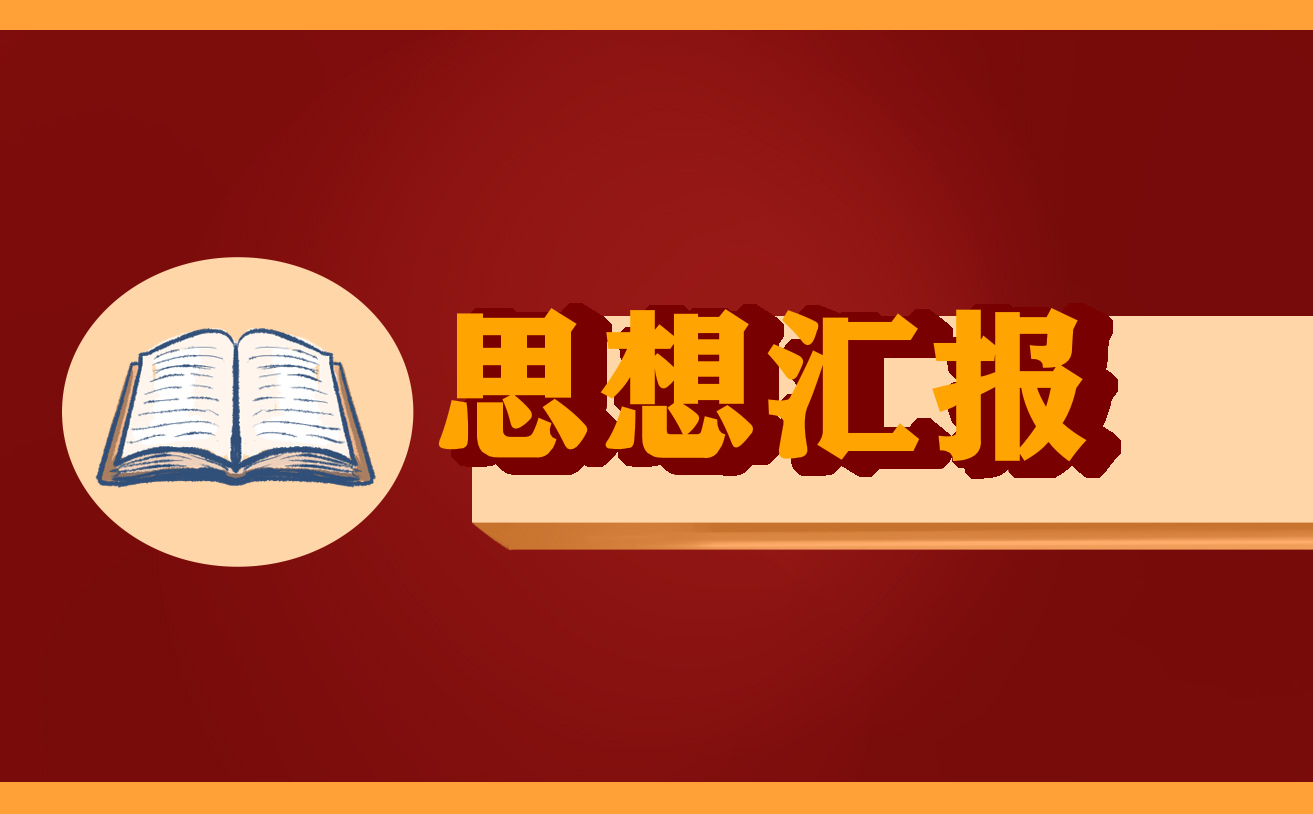附加疑问句 [附加疑问句点滴谈]
时间:2018-12-24 03:26:42 来源:柠檬阅读网 本文已影响 人 
在初中阶段附加疑问句主要有下列两种形式: 肯定的陈述句+否定的附加疑问。例如: That bike is new, isn"t it? 否定的陈述句+肯定的附加疑问。例如:
That man isn"t old,is he?
关于附加疑问句的形式,有以下几点应予注意:
1、当陈述部分的主语是everybody, everyone, somebody, someone, nobody, no one, anybody, anyone等合成词时,附加疑问部分中的主语在非正式文体中往往用they,也可用he。例如:
Nobody phoned while I was out, did they/did he?
Everyone enjoyed the party, didn"t they/didn"t he?
Somebody borrowed my pen yesterday, didn"t they/ didn"t he?
当陈述部分的主语是something, anything, nothing等合成词时,附加疑问部分中的主语一般用it.例如:
Nothing is serious, is it?
Something was wrong with your watch, wasn"t it?
2、当陈述部分是there――存在句时,附加疑问部分中的主语也用there。例如:
There"s no help for it, is there?
There"s something wrong, isn"t there?
3、当陈述部分带有seldom, hardly, never, rarely, few, little, nowhere, nothing等否定或半否定词时,附加疑问部分的动词用肯定形式。例如:
Bob never got drunk, did he?
Few people know him, do they?
She knows little English, does she?
如果陈述部分的否定词仅带有否定前缀,那么,该陈述部分作肯定句处理,附加疑问部分一般仍然用否定形式。
He was unhappy, wasn"t he?
4、 如果陈述部分是I"m――结构,附加疑问部分一般用aren"t I.例如:
I"m late, aren"t I?
5、当陈述部分是一个带有that――分句作宾语的主从结构时,附加疑问部分一般应与主句的主语和谓语动词保持对应关系。例如:
She says (that) I did it, doesn"t she?
但是当陈述部分的主句是 I suppose, I think, I believe等结构时,附加疑问部分则往往与that――分句中的主语和谓语动词保持对应关系,但要注意否定的转移。
I believe (that) he"s wrong, isn"t he?
I don"t think (that) she cares, does she?
6、当陈述部分带有表示“所有”含义的动词have 时,附加疑问部分既可用 have形式,也可用do 形式;如果陈述部分的动词是have的否定形式,附加疑问部分是用have形式,还是用do 形式,取决于陈述部分的动词形式。例如:
haven"t you?
You have a new watch, don"t you?
He hasn"t a lot of time to read books, has he?
Miss Smith doesn"t have any money in her pocket, does she?
当陈述部分的have不表示“所有”,而表示其他含义时,附加疑问部分须用do形式。例如:
You often have headaches, don"t you?
She had a good time yesterday, didn"t she?
7、当陈述部分带有情态动词used to时,附加疑问部分可用used to形式,也可用did形式。例如:
Mr. Green used to live in the country, usedn"t he?
He used to smoke fifty cigarettes a day, didn"t he?
8、 当陈述部分带有情态动词needn"t时,附加疑问部分常用need,但有时也用must.例如:
You needn"t go yet, need you?
He needn"t do that, must he?
9、 当陈述部分带有情态动词must表示“必须”时,附加疑问部分用mustn"t.例如:
You must work hard next term, mustn"t you?
当陈述部分的must表示“有必要”时,附加疑问部分用needn"t.例如:
You must go home right now ,needn"t you?
当mustn"t表示“禁止”时,附加疑问部分一般用must.例如:
You mustn" t go across the street ,must you?
当陈述部分的must表示“一定”、“想必”等推测意义时,附加疑问部分不用must,而要根据陈述部分采用相应的主动词或助动词。例如:
He must be a teacher, isn"t he?
He must have waited here for a long time, hasn"t he?
You must have seen the play last week, didn"t you?
10、在由“祈使句+附加疑问”构成的附加疑问句中,附加疑问部分一般用will you, won"t you, would you,有时也可用can you, can"t you, could you等。
Be quiet, will you?
Give me some cigarettes ,won"t you?
Don"t move the chair, can"t you?
但是,以Let"s开头的祈使句,附加疑问部分用shall we.例如:
Let"s go shopping, shall we?
以Let us开头的祈使句,含义是“让我们”,不包括听话人在内时,附加疑问部分一般用will you。例如:
Let us have a rest, will you?
11、如果陈述部分是each of――,则附加疑问部分用he或者they。例如:
Each of the students has a computer, doesn"t he/don"t they?
12、 如果陈述部分是neither――nor, not only――but also, both――and, either――or, not――but, or, and等连接的并列主语,则附加疑问部分用复数代词。例如:
Neither he nor I am right, are we?
Either Tom or David went to the meeting, didn"t they?
13、 如果陈述部分是不定式(短语),动名词(短语),从句或词组,则附加疑问部分用it.例如:
To get up early is important for us, isn"t it?
Seeing is believing, isn"t it?
14、 如果陈述部分是the+形容词,表示一类人,则附加疑问部分用复数代词。例如:
The poor had no chance to go to school at that time, didn"t they?
(责任编辑 胡新秀)









